Engineering for the Life Sciences is a major new initiative in the Department led by Professor Daniel Wolpert, which provides interdisciplinary training between engineering, biology and medicine.
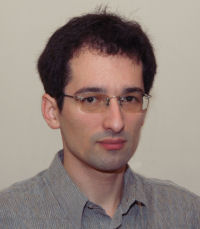
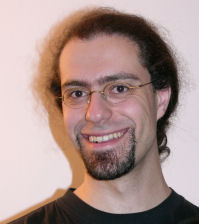
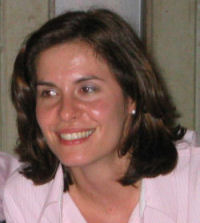
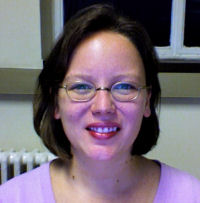
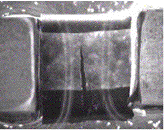
The initiative focuses on:
- Understanding living things through application of engineering sciences including engineering principles of molecular biology, bioinformatics, mechanics of biological tissues, systems physiology, and neuroscience.
- Developing devices, algorithms and processes that advance biology and medicine including biomaterials, biomedical imaging, application of microelectromechanical systems for biological sensing (BioMEMS) and biomimetics.
There is a growing need for a quantitative understanding of biological systems and for development of novel devices. This field is rapidly expanding with the number of jobs in biological engineering predicted to grow strongly over the next decade. The Department's new initiative addresses this need both with world-leading research and excellent undergraduate teaching.
Four new lecturers have joined Professor Daniel Wolpert and Professor Norman Fleck to undertake research and teaching in this important new interdisciplinary engineering area.
Gábor Csányi joins us from the Theory of Condensed Matter Group of the Cavendish Laboratory as a Lecturer in Micromechanics. His research focuses on developing algorithms to carry out molecular dynamics simulations of complex materials from composites to proteins. Gábor is "amazed and delighted" by the diversity of research interests existing in the Department and says "I hope to be able to apply some of the techniques I have been working on to better understand the mechanics of molecular systems."
Alexandre Kabla joined the Engineering for the Life Sciences group in April 2007. His main research activities focus on the mechanical properties of soft disordered materials, including foams, granular materials, as well as biomaterials and living tissues. Current interests are fibrous networks rheology and embryo-morphogenesis. Within the Engineering for the Life Science group, Alexandre plans to develop experimental approaches to distinguish passive and active responses of tissues, with applications ranging from fundamental biology to tissue engineering. The strength of the Department in micromechanics and imaging techniques, together with the proximity of high caliber biology groups, will provide a perfect environment for this work.
Athina Markaki joins us from the Department of Materials Science & Metallurgy as Lecturer in Engineering Materials. Her research interests include work on strengthening of prosthesis-bone bonding by "magneto-mechanical actuation" of fibre network materials for which she won the De Montfort Award at "SET for Britain" 2004 (Supporting Britain's Younger Scientists, Engineers & Technologists). Athina is delighted to join the Department of Engineering. She says: "The Department offers facilities, expertise and a general environment, which is well suited for my research. I am very excited at the prospect of using my mechanical and materials background to help develop a new biomedical treatment."
Michelle Oyen joins us from the University of Virginia as Lecturer in Mechanics of Biological Materials. Her research emphasis is on the time-dependent mechanics of materials, primarily considering hydrated biological tissues. The applications are related to both the identification of measurable changes in biological tissue mechanical properties for disease identification and injury prevention/repair of damaged tissues with mechanically suitable replacements. Specific interests include viscoelastic measurements from depth-sensing indentation (nanoindentation) experiments; time-dependent deformation and fracture of soft tissues; structure-properties relationships in natural and biomimetic organic-inorganic composites; and mechanical factors in clinical obstetrics.

